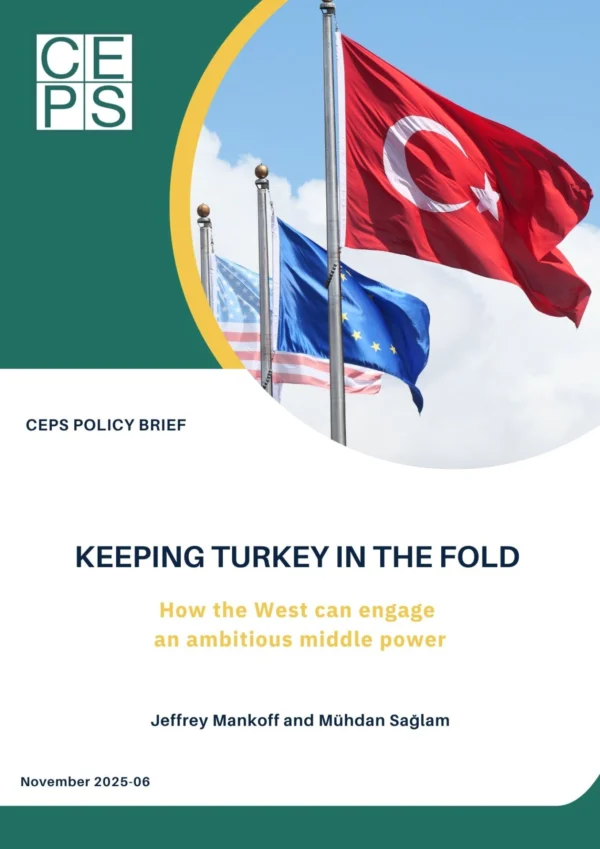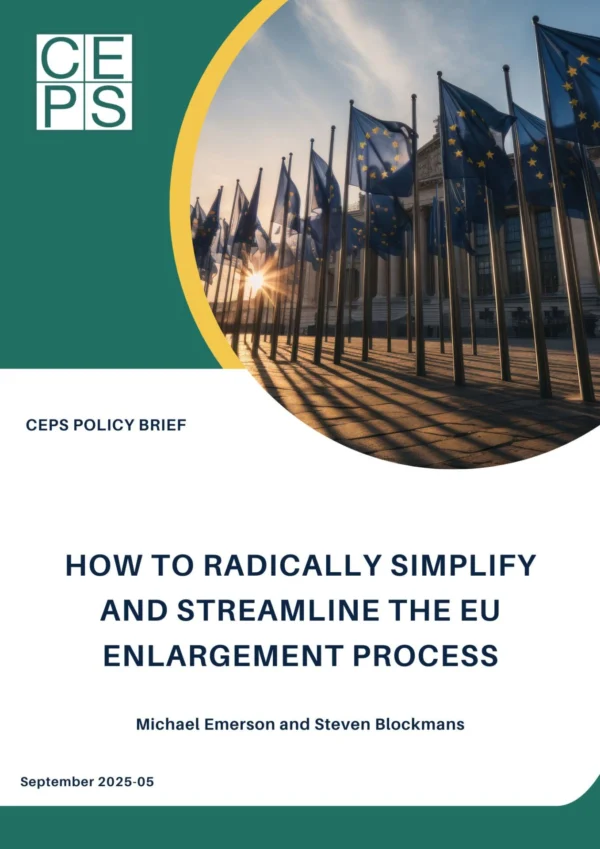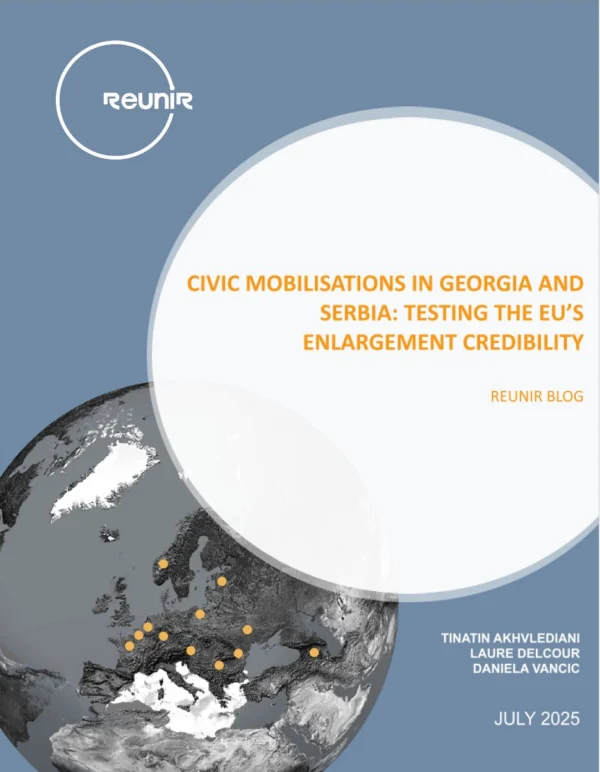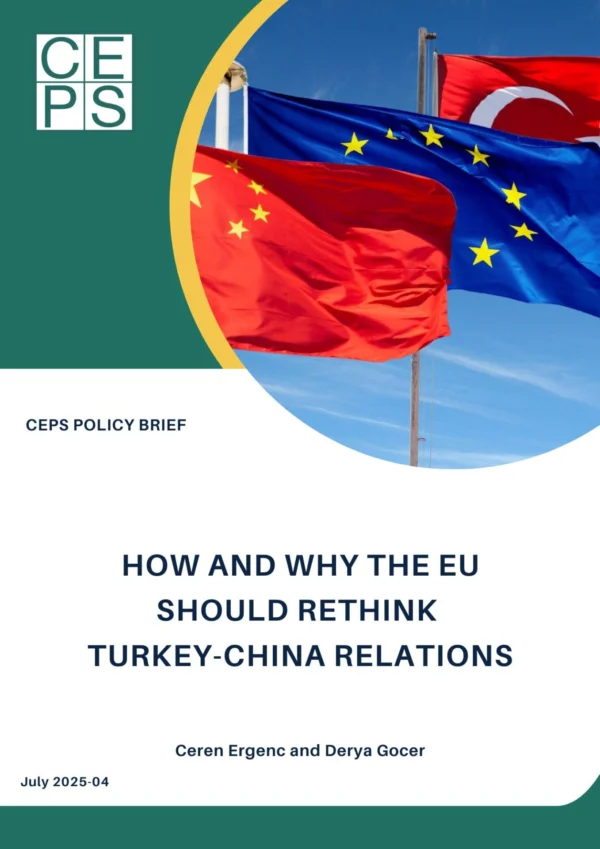If hypothetically Ukraine was already today a full EU Member State, it could be benefitting from around EUR 18-19 billion of receipts from the EU budget, net of contributions – i.e. roughly within the range of Poland and Romania scaled to fit Ukraine. At current rates, this would mean an increase in GNI-based contributions by all Member States of around 10 %, with only Spain changing from a (small) net beneficiary to a (small) net payer.
However, this is only a simple ‘static’ reference number for a more complex and realistic assessment with many ‘dynamic’ factors that could reduce this amount by the time Ukraine might actually accede over the course of the next decade. These can include catching up to the relative prosperity of Poland and Romania, possibly making budgetary room for poorer new Member States, and control valves with capping mechanisms for budget spending on cohesion and agriculture. Both capping mechanisms would need reform, but there is room for negotiation of mutually acceptable outcomes.
It is sometimes rumoured that the Ukraine bill would turn all of today’s net beneficiaries into net payers to the EU budget. Our calculations show that this speculation, or maybe disinformation, is absolutely unfounded. The EU’s proposed new EUR 50 billion Ukraine Facility for 2024 to 2027, averaging EUR 12.5 billion per year in grants and loans, is already not so far behind the static estimate for full membership. There are further huge uncertainties affecting the outcome – how the war may end, how far donors and investors other than the EU will contribute to reconstruction, and the idea of ‘Making Russia pay,’ given most of its frozen EUR 300 billion assets are held in the EU.
Overall, the budgetary aspect of Ukraine’s possible accession looks relatively manageable, compared to other more intractable political, economic, demographic, and security issues. Three recommendations are presented, including on the need for the European Commission to inform public debate along the lines of the present paper to avoid speculation over exaggerated concerns.
This paper was originally published by the International Centre for Defence and Security, Estonia.








